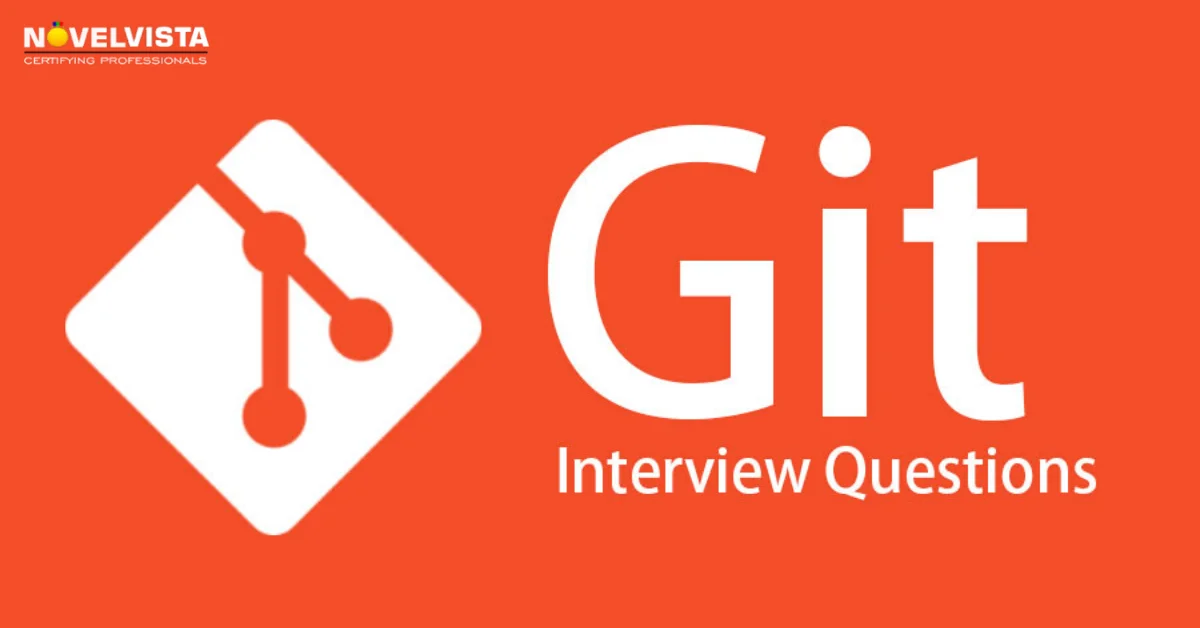Enroll Now and Get Upto 30% Off
* Your personal details are for internal use only and will remain confidential.

Last updated 10/06/2021

Be it cloud computing, or DevOps, even Project Management, GIT is probably the best source code management tool of this era. According to Wikipedia, 42.9% of professional software developers reported that they use Git as their primary source-control system compared to 36.3% in 2013, and 32% in 2012 and 12.8% in 2011. You see, the number is increasing day by day. Isn’t it?
So, if you had queries about why you need to learn GIT, that’s clear with these statistics. Isn’t it?
With various extensions like git-annex, git-flow, git-machete, and many more, GIT definitely is stealing the show. Hence, if you are going to sit for your next interview as a developer, you need to learn a few stuff about GIT.
Did you learn about it already?
Great then!
The next step is to study a few QnAs to reach the success point well. And how would you know which questions to learn? Fret not! We have got your back here! We have prepared a few mostly asked questions and answers just for you! Have a look!
GIT is a distributed version control system and source code management (SCM) system that empowers the users to handle small and large projects with speed and efficiency.
A repository basically consists of a directory called .git, where all the metadata for the repository is stored. Only GIT has access to the content of .git directory.
The command used to write a commit message is:
git commit –a
You can use “git add<file>” before git commit –an in the scenario of committing a new file for the first time.

The advantages of using GIT are:
The ‘C’ programming language reduces the overhead of runtimes associated with higher languages. And that’s what makes GIT faster.
‘GIT PUSH’ updates remote refs along with associated objects.
As an open-source version control system, GIT allows you to run ‘versions’ of a project that shows the changes made to the code over time. Along with that, it allows you to backtrack those changes and them if required. Multiple developers can check and upload changes and each change then be attributed to a specific developer.
Before the commits are completed, it can be formatted and reviewed in an intermediate area called ‘Staging Area’ or ‘Index’.
GIT stash takes the current state of the working directory and index and puts in on the stack for the future use and gives you back a clean working directory. If you are in the middle of something and need to jump over to the other job, at the same time you won’t have to lose your current edits with the help of GIT stash.
If you are done working with the stashed item and want to remove it from the list, you can run the git ‘stash drop’ command. It removes the last added stash item by default, and can also remove a specific item if you include it as an argument.
Git branch—merged command shows you the branches that have been merged into the current branch through a list.
Git branch—-no merged command lists up the branches that have not been merged
The git clone command creates a copy of an existing Git repository. Cloning is the most common way used by programmers to get a copy of the central repository.
The ‘git config’ command helps in setting up the configuration options for your Git installation. The behavior of a repository, user info, preferences etc. can be defined through this command.
Commit object contains the following stuff:
To create a Git repository, you need to create a directory for the project if it does not exist. After than run the command “git init” to create .git directory in the project directory. You need to take care of the fact that the directory is not empty.
A ‘head’ is a reference to a commit object. Head can exist in any number of heads.
In every repository, a default head referred to as “Master”.
Through branching, you can create your own branch and jump between those branches in GIT. It allows you to go to your previous work while keeping your recent work intact.
The common way of creating a branch in GIT is to maintain one as “Main“
branch and create another branch to implement new features. This pattern is particularly useful when there are multiple developers working on a single project.
To introduce a new feature in the main branch, you can use the command “git merge” or “git pull command”.
We hope now you are feeling a little more confident about your GIT basics. Although, if you are still having trouble, you can always reach out to us. Our Cloud training sessions and DevOps classes are full of GIT knowledge. Let’s see if we can shape your skills perfectly!
Topic Related PostNovelVista Learning Solutions is a professionally managed training organization with specialization in certification courses. The core management team consists of highly qualified professionals with vast industry experience. NovelVista is an Accredited Training Organization (ATO) to conduct all levels of ITIL Courses. We also conduct training on DevOps, AWS Solution Architect associate, Prince2, MSP, CSM, Cloud Computing, Apache Hadoop, Six Sigma, ISO 20000/27000 & Agile Methodologies.
* Your personal details are for internal use only and will remain confidential.